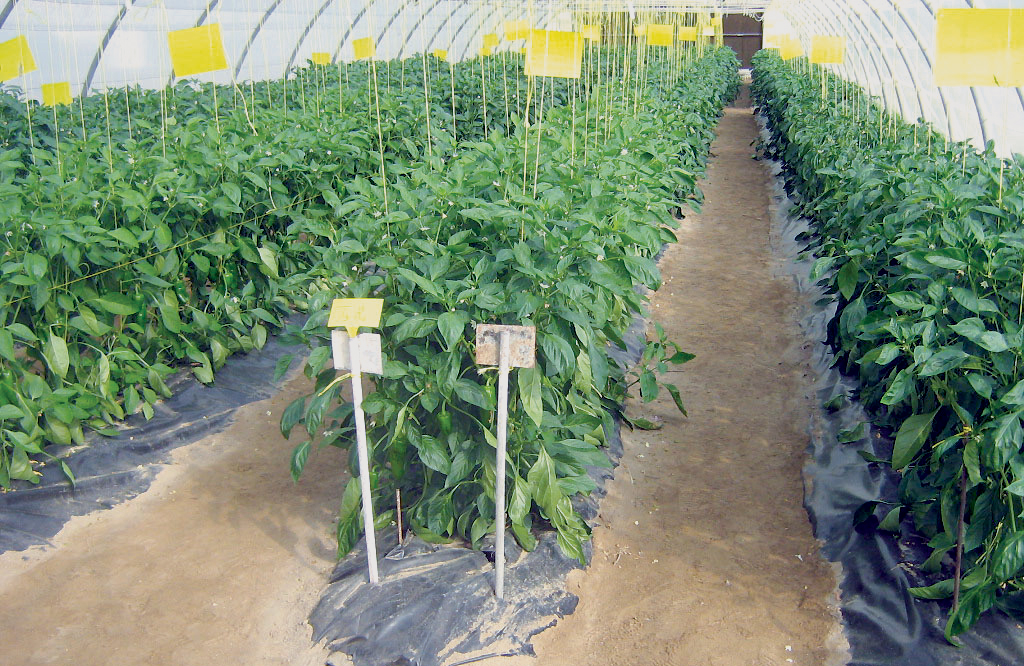

Muscat, Nov 7 - Only 7.07 per cent of land is suitable for cultivation in Oman out of a total area of 31.43 million hectares, the Ministry of Agriculture and Fisheries (MoAF) has said. The area of land available for agriculture has reduced because of soil salinity, says the ministry, adding it as one of the most difficult challenges facing the sector in the country. It says most of the lands have sandy or alluvial soil, which have high permeability and poor ability to hold water. A number of external/ internal factors are affecting the fertility of soil in the Sultanate. The most important external factors are: rain, wind and temperature, which allow qualities inherent in the soil to appear.
The internal factors are: soil type, aeration, depth, gravel percentage, topography, biological activity, availability of water and ease of its absorption and type of native rock.
Soil fertility is related to its physical, chemical, biological and topographic properties.
In case of Omani soil, the ministry says it is organic. It should be noted that organic manure content is “not considered as adequate nutrient for economic production” unless it is added in large quantities. So, the addition of inorganic fertilizer components is necessary.
MoAF has been mobilising efforts to maintain soil fertility/ productivity through many research experiments to increase fertility and plant production.
Specialists at the Directorate General for Agriculture and livestock Research have conducted several research experiments.
One of them is the evaluation of tomato productivity by watering the product with salty and fresh water.
Results of the study found tomatoes and similar crops can be produced economically if they are irrigated with high salinity water and fresh water (1: 1), which reduces the consumption of fresh water by 50 per cent.
An experiment was also conducted to regulate the use of chemical fertilizers. It was done in greenhouses to estimate the fertilizers needed for pepper crop using three different doses of chemical fertilizers. Results of the experiment showed increasing the quantity of fertilizers to the soil does not ensure a significant increase in the crop yield. Therefore, it is possible to add the least amount and avoid accumulation of fertilizers in the soil.
Zainab al Nassri
Oman Observer is now on the WhatsApp channel. Click here



